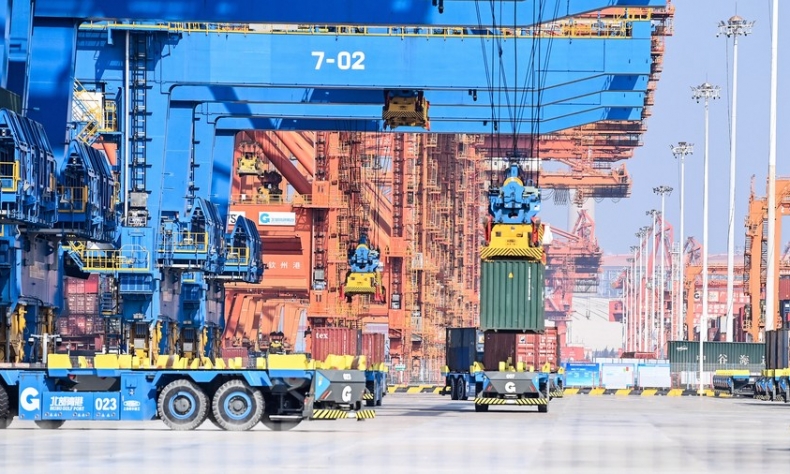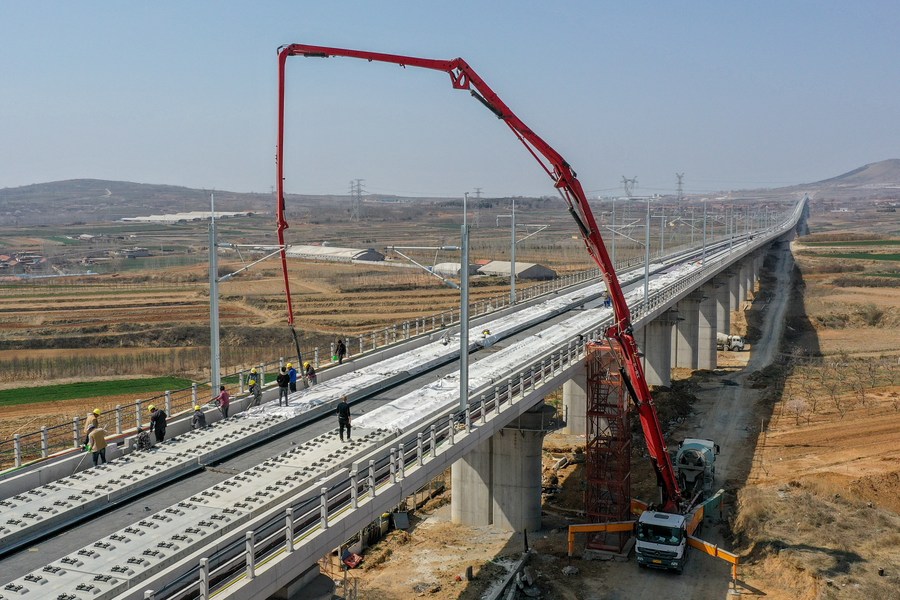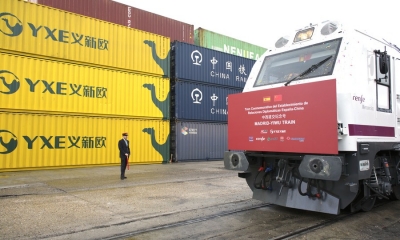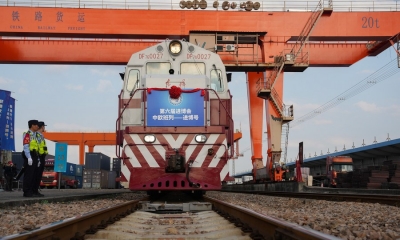China’s Economic Recovery Holds Steady amid Global Challenges

While the international environment is undoubtedly challenging for China’s growth, this does not mean the outlook is pessimistic. The strength of China’s economy lies beyond what meets the eye.
The year 2023 is proving to be another challenging year for the global economy. Amid the global inflation crisis and the impact of the Ukraine crisis, overall growth across the board is low. Some major economies, such as the eurozone, are officially in a state of recession. Others, like the United States, are facing reduced growth. This is because central banks have imposed monetary policies that have increased interest rates to combat inflation, making lending expensive and subsequently leading to a contraction in economic activity. High rates mean businesses borrow and invest less, while consumer spending contracts due to pressure from critical expenditures like mortgages.
Because these economic trends are global, every country feels their impact in some way, with the global economy being interdependent. China, too, has felt the ripple effects of this economic climate. Over the past few months, China’s industrial growth and manufacturing have suffered, despite the nation rebounding from the pandemic. This is primarily because global demand is being stifled. Similarly, the U.S.’s frequent hiking of interest rates – given its hold over the global reserve currency, the U.S. dollar – sends shockwaves throughout the global financial system, suppressing other currencies and subsequently impacting debt in other countries.
However, while the international environment is undoubtedly challenging for China’s growth, this does not mean the outlook is pessimistic.
First, in bouncing back from the pandemic, China’s consumption and retail industries are recovering. Recent economic data indicate that China’s consumer market is beginning to recover from the impact of the pandemic. Domestic tourism and other offline service industries severely affected by COVID-19 have seen a swift rebound. Total retail sales for the first five months of the year rose 9.3% from a year earlier to 18.76 trillion yuan ($2.6 trillion) and more recently have been expanding at a double-digit rate. Food and beverage sales were up 22.6% through May. In response to these promising signs, different areas of the country are launching new promotions to further stimulate activity.

Household bank savings last year surged to a record 17.84 trillion yuan, up 80% from 2021, according to People’s Bank of China data. This suggests that while Chinese people may be hesitant to spend money due to the current environment, that does not mean they lack it. This indicates that when the situation becomes more optimistic, growth will be stronger. Furthermore, despite these challenges, China is likely to resort to increased infrastructure investment to maintain its economic momentum.
Nonetheless, China is proceeding with caution and will not resort to mega-stimulus measures. The negative economic effects of these short-term policies in the U.S. have been evident globally, and China aims to avoid debt and property bubbles. Likewise, many other sectors, such as renewable energy goods and electric vehicles, continue to be crucial growth drivers. A recent report by U.S. research group Global Energy Monitor projected that China could generate at least 1,200 gigawatts of solar and wind energy by 2025, effectively doubling its current capacity.
2023 is turning out to be a more challenging year than expected for the world. In the current climate, manufacturing and exports are struggling due to suppressed global demand, but it is crucial to remember the bigger picture. It is important to recognize that there are still many growth areas within China’s economy, which with state support, will continue to make progress. The strength of China’s economy lies beyond what meets the eye.
 Facebook
Facebook
 Twitter
Twitter
 Linkedin
Linkedin
 Google +
Google +







